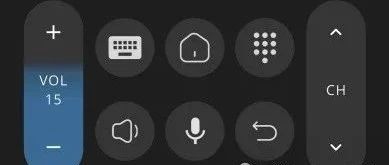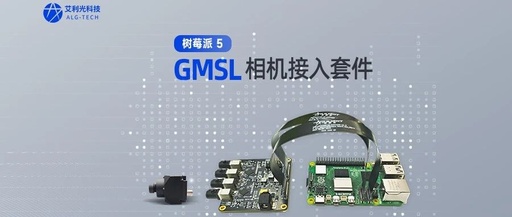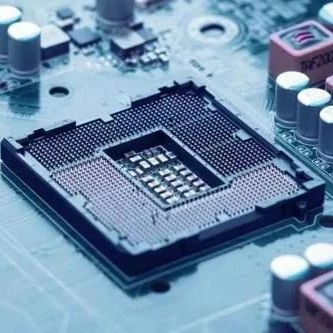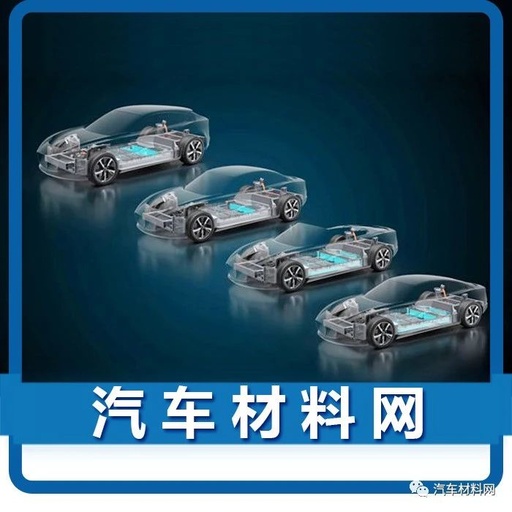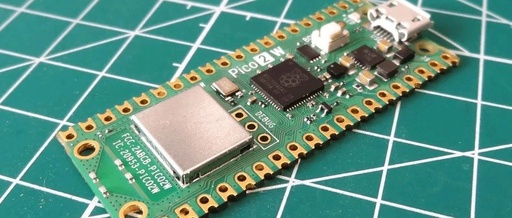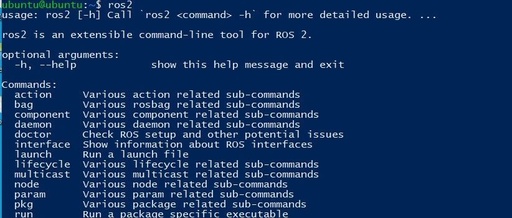Transforming Raspberry Pi 5 into an Android TV Box: Remote Control Configuration
In the previous article, we successfully flashed the Raspberry Pi 5 into an Android TV box, and the basic functions are already complete. This article will introduce how to use a remote control to operate the Android TV. • “I Want to Watch TV – Projector and TV Box Selection” • “I Want to Watch … Read more

